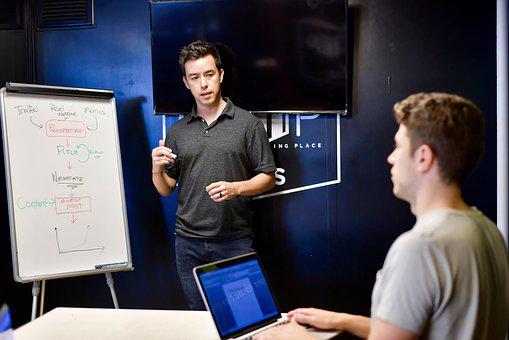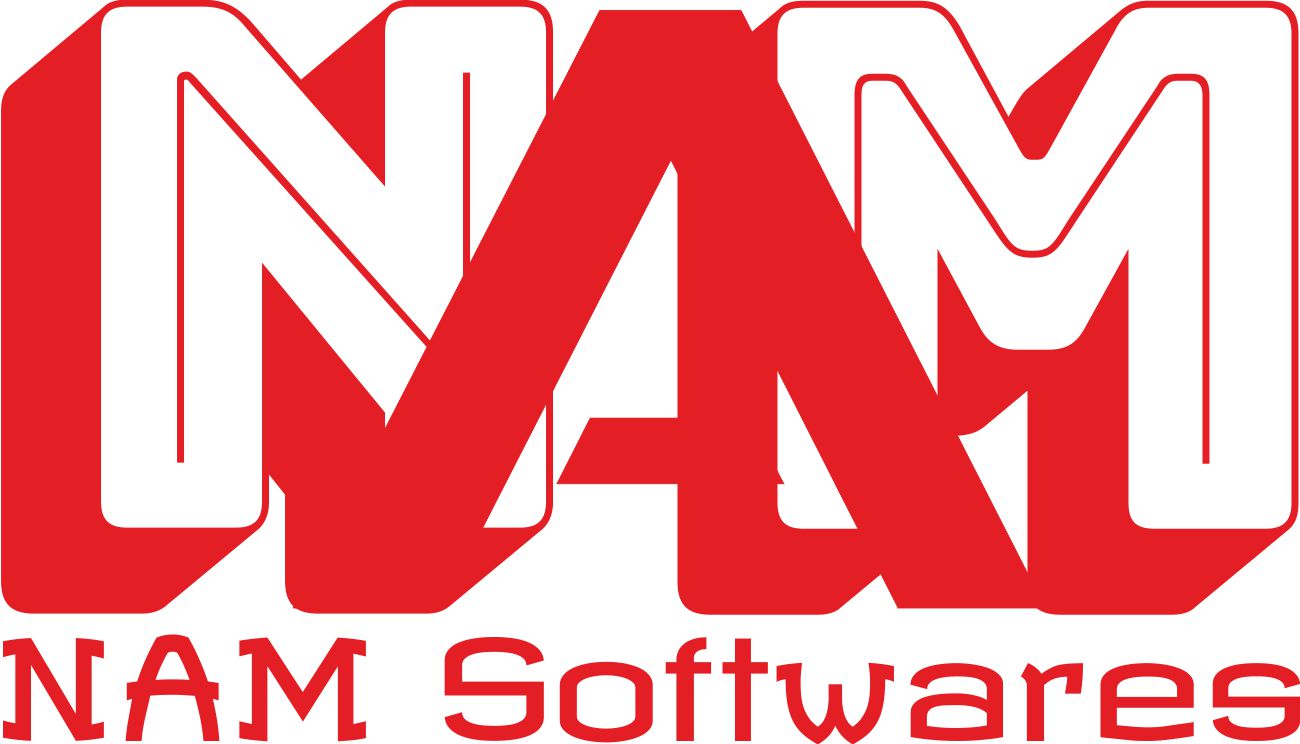
Everything you need to know about Software development
What is software development?
Software development is the name given to a group of computer science tasks involved in developing, deploying, and maintaining software.
The set of instructions or programs that a computer follows is known as software. It makes computers programmable and is hardware-independent.
There are three fundamental kinds:
System software: Operating systems, disk management, utilities, hardware management, and other fundamental operational functions are all provided by system software.
Programming software: creating computer programs that provide code-writing tools including text editors, compilers, linkers, and debuggers to programmers.
Application software: Applications or apps are pieces of software that assist users in carrying out tasks. Examples include office productivity suites, data management applications, media players, and security software. Web and mobile applications, such as those used to shop on Amazon.com, interact with Facebook, or upload photos to Instagram, are also referred to as applications.
Embedded software is a potential fourth category. Software for embedded systems is used to control a variety of machinery and gadgets, including automobiles, industrial robots, telecommunications networks, and more. The Internet of Things allows for the connection of these devices and associated software (IoT).
To program computers for certain activities like combining databases, processing online orders, routing communications, running searches, or displaying text and graphics, programmers, also known as coders, generate source code. Programmers often translate instructions from engineers and software developers into actions using programming languages like C++ or Java.
When creating software and systems to address issues, software engineers use engineering concepts. Instead of only coming up with a solution for one instance or customer, they frequently use modeling language and other tools to solve problems in a more general approach. software development Winnipeg follows the scientific process and has to function in the actual world, like elevators or bridges. With the advent of microprocessors, sensors, and software, products have become more intelligent, increasing their responsibility.
Software development process steps:
- Selecting a methodology: choosing a technique to create a framework for applying the software development process. It outlines the project’s overall workflow or road map. Agile development, DevOps, Rapid Application Development (RAD), Scaled Agile Framework (SAFe), Waterfall, and other methodologies are examples of methodologies.
- Gathering requirements: Gather requirements in order to comprehend and record the needs of users and other stakeholders.
- Choosing or building an architecture: selecting or creating an architecture to serve as the fundamental framework for the software.
- Developing a design: the process of creating a design that incorporates answers to the issues raised by requirements, frequently using process models and storyboards.
- Building a mode: creating a model using a modeling tool that performs early design validation, prototyping, and simulation using a modeling language like SysML or UML
- Constructing code: using the suitable programming language to write code. involves peer and team review to find issues early and create high-quality software more quickly.
- Testing: Performing performance testing to mimic load testing on the application, as well as testing using pre-planned scenarios as part of software design and coding.
- Managing configuration and defects: Understanding all software artifacts (requirements, design, code, test) and managing configuration and defects to create various software versions. To handle and keep track of faults, establish quality assurance priority and release criteria.
- Deploying: releasing the software for use, as well as addressing and resolving user issues.
- Migrating data: if necessary, moving data from current applications or data sources to the new or updated software.
- Managing and measuring the project: The project will be managed and measured to ensure quality and delivery throughout the application lifecycle and to assess the development process using models like the Capability Maturity Model (CMM).
essential elements of efficient software development
Artificial intelligence (AI): AI allows computer programs to mimic human thought processes and learning. The ability to deliver goods and services that disrupt markets and outperform the competition is made possible by neural networks, machine learning, natural language processing, and cognitive capabilities.
Cloud-native development is a technique for creating apps that take use of cloud Ios. Microservices, which are independent, reusable parts of a cloud-native program that may be integrated into any cloud environment. These tiny services frequently come packaged in containers and serve as building blocks. This design enables cloud-native apps to take advantage of cloud environments and enhance their performance, flexibility, and extensibility.
Cloud-based development: Development environments using the cloud can enable coding, design, integration, testing, and other development tasks. Additionally, they can provide access to DevOps, APIs, microservices, and other development tools, services, and knowledge.
Blockchain: A secure, digitally linked ledger, blockchain removes the expense and vulnerability that parties like banks, regulatory organizations, and other intermediaries add. Businesses are being transformed by it by releasing capital, speeding up procedures, cutting transaction costs, and more. Software development has a lot of opportunities thanks to blockchain.
Low-code: development practices allow non-programmers or citizen developers to create or contribute to the creation of apps fast and affordably.
Analytics: Because of this, software developers are including sophisticated analytics features in their programs. It is easier to direct data exploration, automate predictive analytics, and develop dashboards that give fresh insights and enhance decision-making thanks to cloud-based services and APIs.
Model-Based Systems Engineering (MBSE): Software modeling languages are used for early software prototype, simulation, and analysis for early validation in Model-Based Systems Engineering (MBSE). Building designs in MBSE aid in the quick transition from design to implementation as well as the analysis and elaboration of project needs.
Mobile: Mobile App Development Winnipeg with strong linkages to data that enhance and elevate user experiences is a vital skill for software developers. Deeply integrating digital and mobile customer data, according to Forrester, “has a strong impact on how customers interact with brands.”



0 comments
Write a comment